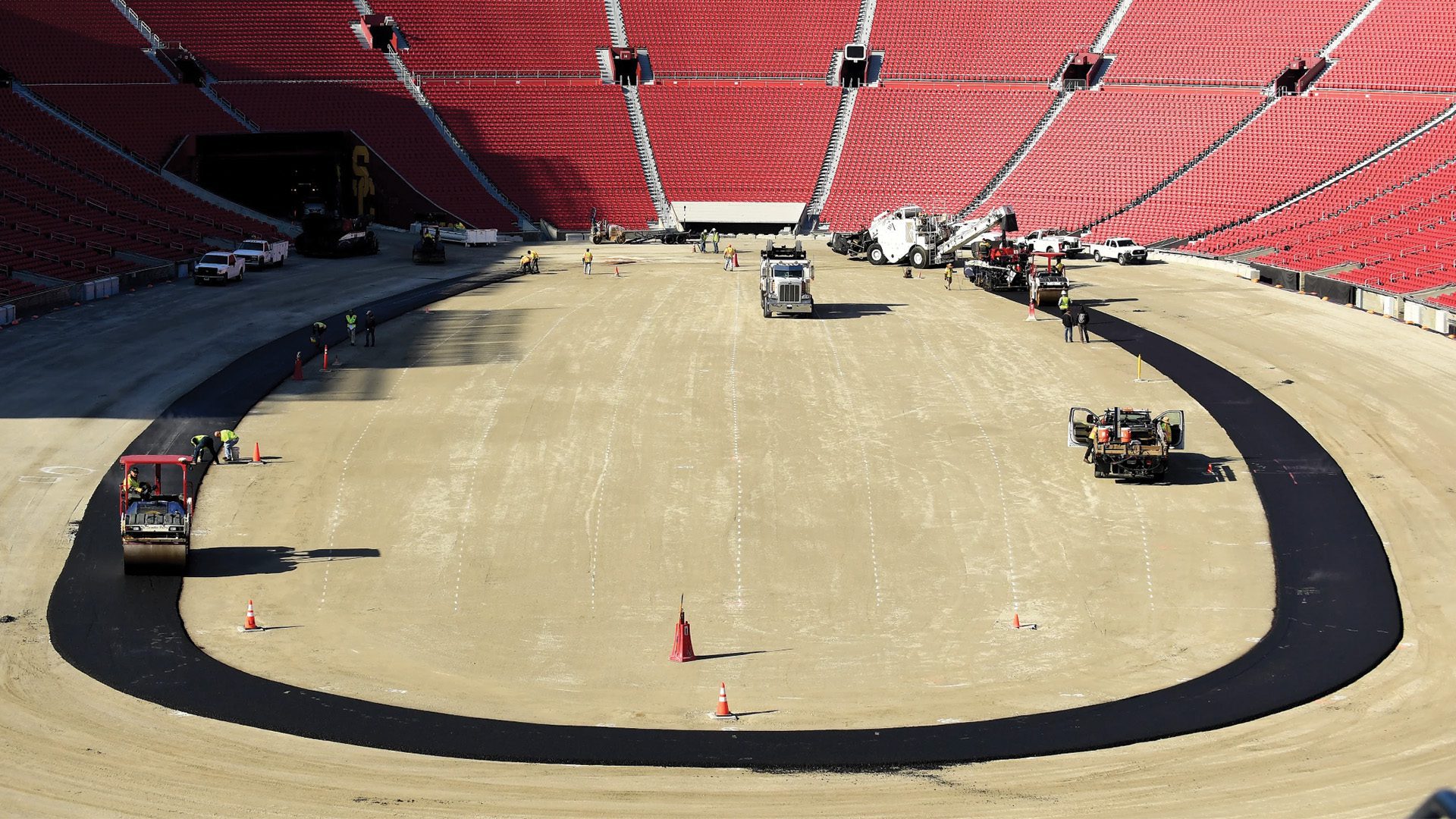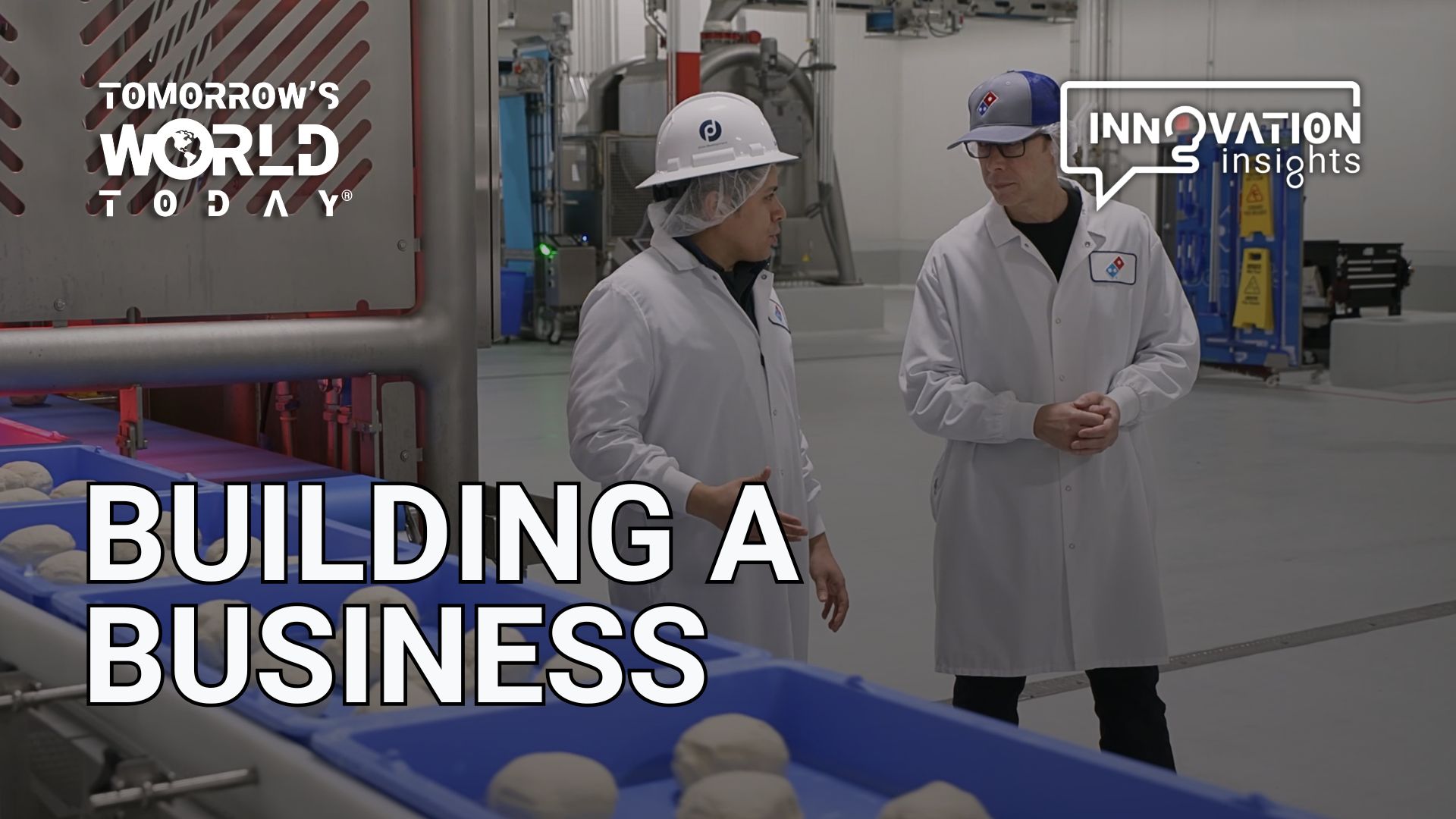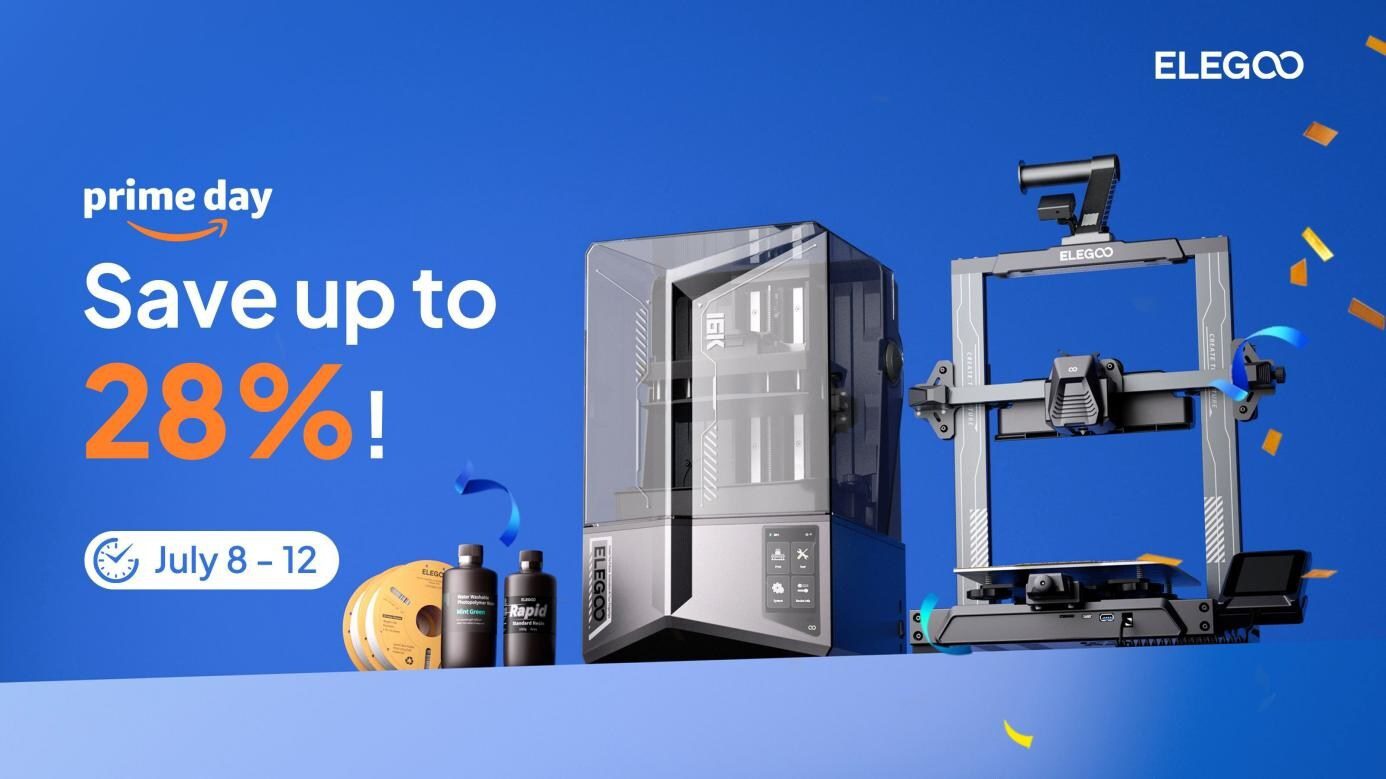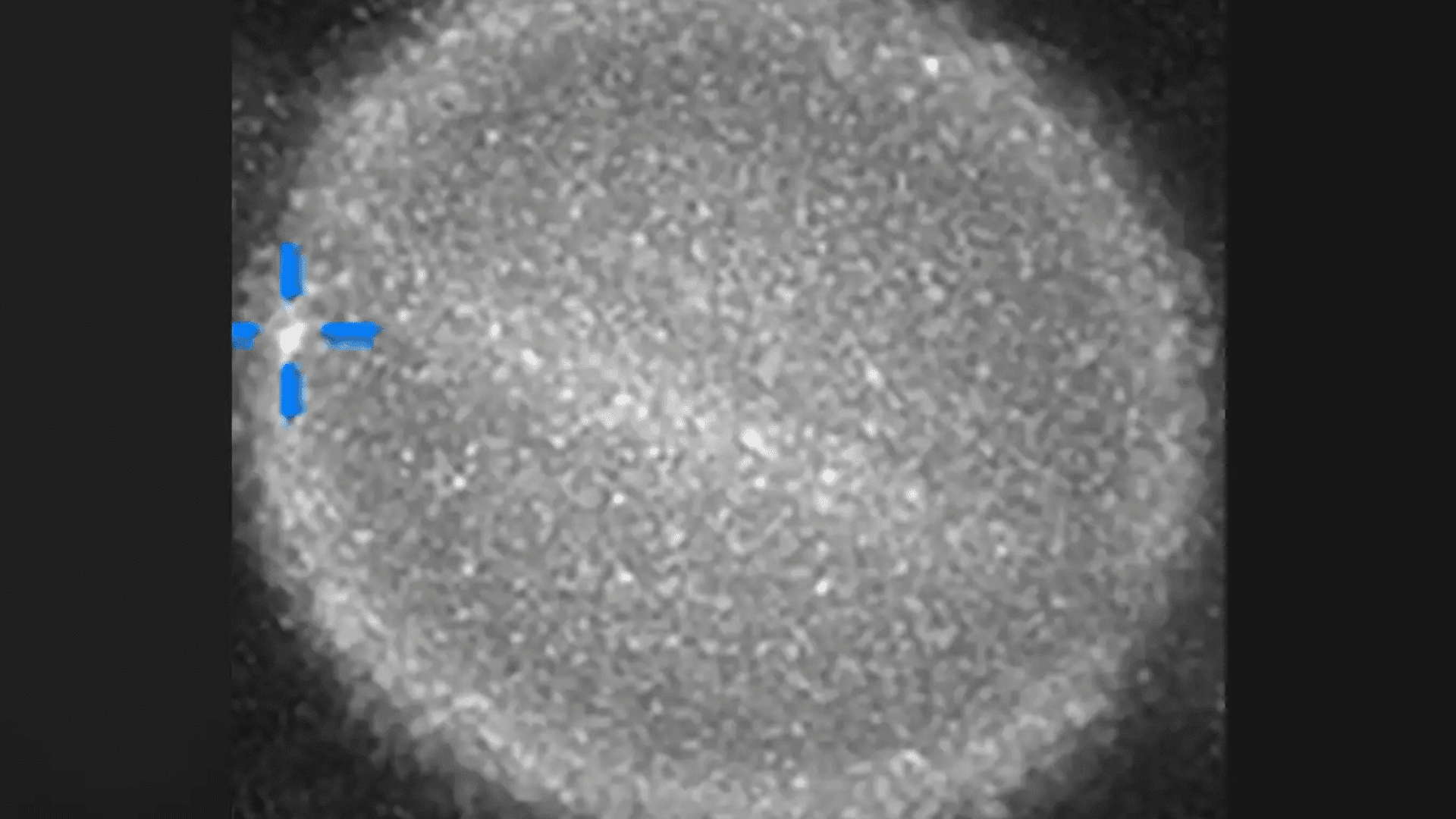On February 6, the Busch Light Clash exhibition race marked the start of NASCAR’s 2022 season. The kicker? It was held at the historic LA Coliseum—a football stadium. The stadium is typically used for the USC Trojans but has also hosted the LA Rams while SoFi Stadium was being built, a World Series (1959), two Super Bowls (1967 and 1973), two summer Olympics (1932 and 1984), the X Games, and now, NASCAR. Deemed the Clash at the Coliseum, this was the first time the NASCAR Cup Series ran on such a small track in the modern era. This is how engineers made the LA Coliseum work for NASCAR.
Field Construction
In a typical race track construction, all of the topsoil and grass underneath is removed. For the Clash at the Coliseum, however, engineers carefully constructed a ¼-mile temporary asphalt oval race track so that the grass of the football field underneath was not damaged.
To protect the grass, three acres of the thick plastic barrier Visqueen sheeting was placed on the floor level of the stadium over the grass, turf, and dirt. Three acres of plywood were then placed atop the Visqueen; together, the two layers made up 130,000 square feet of protection. A sheet of geotextile woven fabric was also added between the protective measure and track rubble to further prevent slipping and sliding.
To give the surface depth, 9,200 cubic yards of crushed, miscellaneous base was added. 6,900 square yards of asphalt paved the track and apron, and another 6,800 square yards covered the infield to add four more inches of depth.
Auto Club Speedway and Long Beach Grand Prix loaned NASCAR their walls, catch fences, and SAFER barriers to complete the track construction.
Stadium Alterations and Takedown
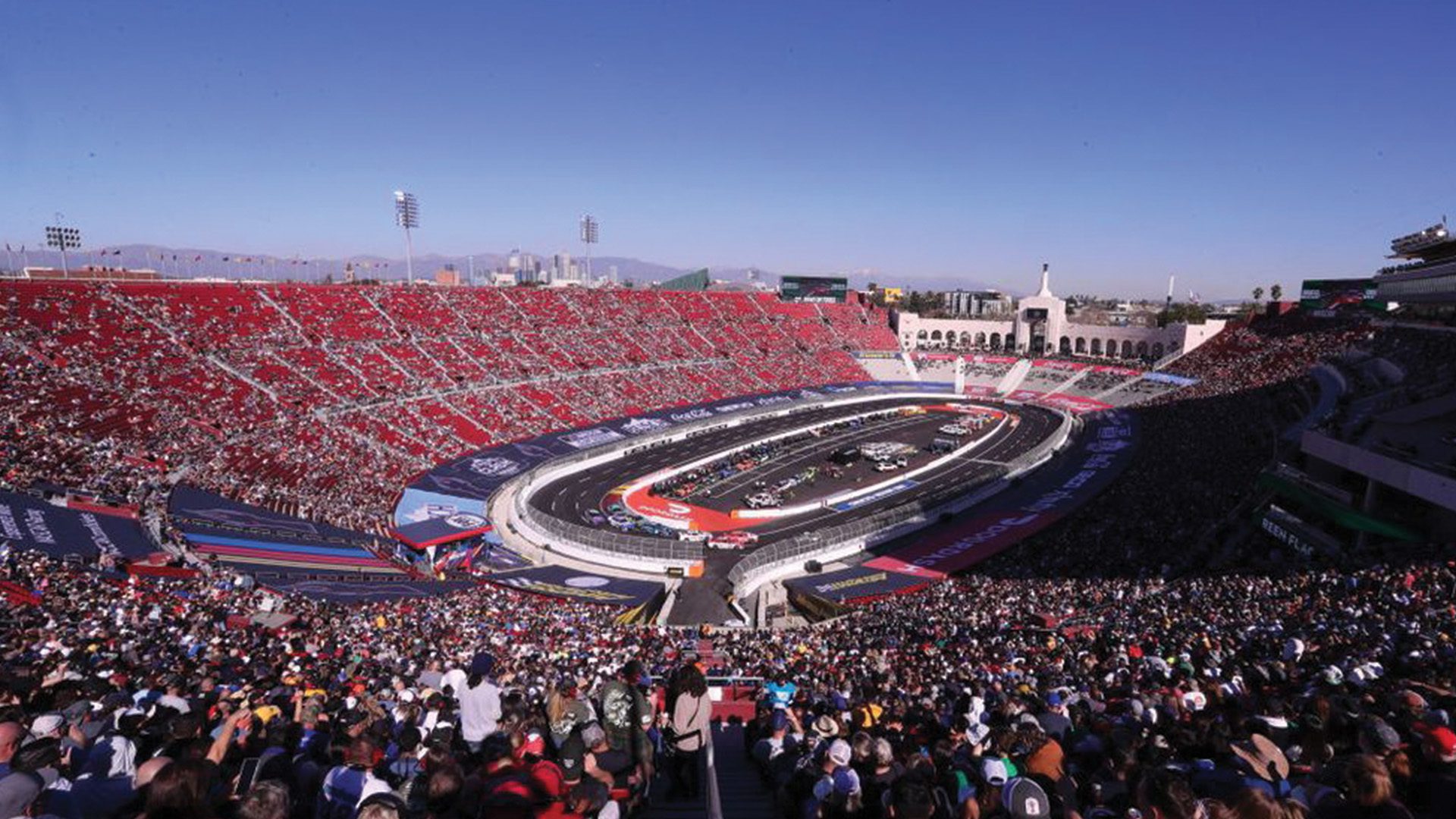
Once the track and field were finalized, certain changes to the stadium itself had to be made. For example, the tunnel into the field had to be paved so that the low-riding Next Gen cars didn’t bottom out as they entered. The home locker rooms were also converted into a Media Center, and the away locker rooms were available as a green room.
Because of the small infield, the NASCAR teams had to park their haulers in a lot outside of the stadium. Additionally, there wasn’t enough space for normal pit boxes either, so there were no live pit stops. Instead, there were halftime breaks for crews for the pit stop alterations.
As soon as the Clash ended, the million-dollar-plus track started to get taken down carefully to not ruin the field’s soil. As seen in the tweet below, the Coliseum was almost back to normal less than a week after the Clash. This expedited process is necessary— the LA Glitinis (LA’s rugby team) have their opening home match on February 27.
My co-worker @bylindsayhjones is in LA for Super Bowl coverage and flew over the Coliseum today. Six days after the Clash, this is all that’s left of the racetrack. 😥 pic.twitter.com/YPYLRsLTcg
— Jeff Gluck (@jeff_gluck) February 12, 2022
Impact of the Clash
The Clash was a big win for NASCAR and opened up many opportunities for the future of racing. First of all, it introduced the world of stock car racing to thousands—70 percent of the over 50,000 fans at the Clash were first-time attendees to a stock car race. FOX also reported viewership of 4.28 million, a 168 percent increase from last year’s Clash.
The Clash also introduced the world of stock car racing to halftime shows. Ice Cube performed the halftime show, and Pitbull put on the pre-race show.
NASCAR currently has an option to extend the contract with the University of Southern California for staging two more Clashes in the future. Thanks to the groundbreaking engineering work, the success of the Clash at the LA Coliseum has also caused NASCAR executives and fans alike to explore and ponder other opportunities for one-off events in non-traditional venues.



